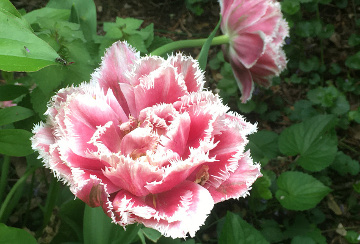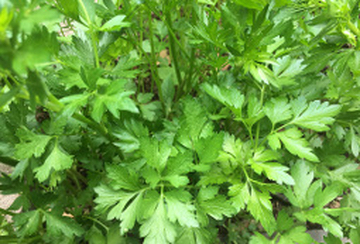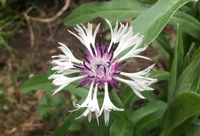
The Perennial Border

The sooner you do the spring cleaning, the easier it will be because the large perennial foliage hasn't emerged yet and early spring bloomers are small and compact, leaving the flower borders mostly empty except for the winter debris.
Spring's unpredictable nature with temperature swings and unexpected snow and freezes rarely allows for this ideal situation to occur, and the plants often start growing before the gardener is ready.
Soil tilling is not possible in perennial borders, which is why they require annual mulching to control weeds.
Give herbaceous clumps a trim and a side dressing of fertilizer before the season begins; divide fall blooming perennials.
Now is the perfect time to start woody perennials from cuttings, before the weather becomes too hot and causes them stress.
Just like the house, the perennial garden only requires cleaning if it looks messy. This rule effectively minimizes unnecessary tedium.

The Vegetable Garden

All the staples of the vegetable garden are tender annuals, and there is no benefit in planting them in the garden until the day of last frost has passed.
This day used to be sometimes at the end of April but got moved forward by a whole month because of weather shifts.
The short time frame of starting plants from seed at the end of May makes it difficult for heat-loving long-season vegetables like eggplant and peppers to reach maturity and bear fruit. You should start the plants indoors or buy seedlings.
Leafy greens, radishes, and peas thrive in cooler temperatures and can be planted as soon as the soil is workable.
To get a good yield, the vegetable garden must have full sun, regular watering, and plenty of fertilizer.
Attempting to grow vegetables in the shade, even those deemed shade tolerant, is a interesting but unproductive undertaking.
I have extensive experience growing tomato foliage to support this statement.
